Sod Webworm
(Length: 1/2″ – 3/4″) Larvae are greenish with many black spots. Adults are dingy brown moths with a wingspan of about 3/4″. The larvae feed on grass blades and noticeable injury appears within two weeks.

(Length: 1/2″ – 3/4″) Larvae are greenish with many black spots. Adults are dingy brown moths with a wingspan of about 3/4″. The larvae feed on grass blades and noticeable injury appears within two weeks.

(Length: 1/16″- 3/8″) Scale insects are common pests to many trees and shrubs, are less than 1/8″ long and generally blend in with the host plant. Heavily infested plants are often covered with small disk-like or waxy coverings which look like tiny bumps on the plant leaves or stems. The scale is underneath each covering feeding on the juices of the plant.
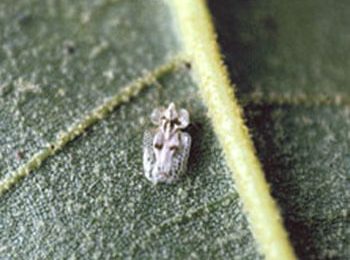
(Length: 3/16″ long or less) The typical adult lace bug is small and rectangular with an overall flattened appearance. In most species, the adults are cream colored with patches of brown or black. Both adults and nymphs injure the host plant by piercing the leaves and sucking the plant juices causing foliage discoloration, reduced plant vigor and premature leaf drop.

(Length: 1/16″- 1/8″) Aphids, or “plant lice”, are soft-bodied pear shaped insects generally less than 1/8 inch long. Their color varies by species, but the common ones are usually green, yellow or black. They have the ability to reproduce rapidly, and their populations are most abundant in the spring.
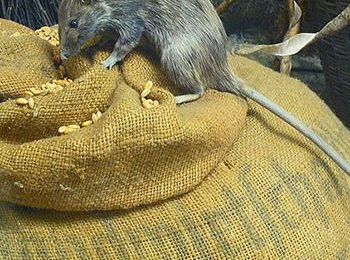
(Length: 7″ – 8″ head to tail) Black or brown in color, the roof rat is slender with a tail that is usually longer than the combined length of its head and body. They are nocturnal and prefer to forage for food above ground in elevated areas indoors and outdoors.
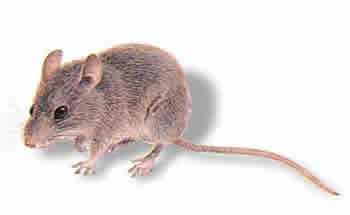
(Length: 2″ – 4″ head to tail) Light brown or light grey in color, the house mouse is small and slender with large ears and small eyes. They have a keen sense of hearing, taste, smell and touch. While they are mostly active at night, they can be seen during the day searching for food.
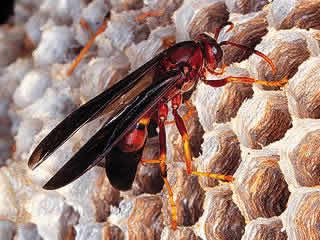
(Length: 1/2 – 3/4″) Can be found in a variety of colors from reddish brown to dark red to orange with varying bright stripes of yellow and red. Paper wasps are predators and feed on insects, spiders and caterpillars.
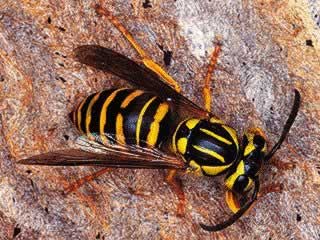
(Length: 5/8″ – 1″) Often confused with honeybees due to their yellow and black markings, they can be distinguished from bees by their thin waists. Yellow jackets are social insects and will aggressively defend their nests, which are typically located in the ground.

(Length: 1/2″) These “hairy” bees have yellow and dark brown coloring and thick bodies. They are not aggressive and will leave people alone if not provoked, but they are defensive and will attack anything that threatens the colony or individual.

(Length: 1/4″ – 3/8″) Pill bugs are found in lawn turf, under leaves or other moist areas of decaying vegetable matter. Extremes of wet, dry, or hot weather drive them inside, where they do no damage but are an annoyance.
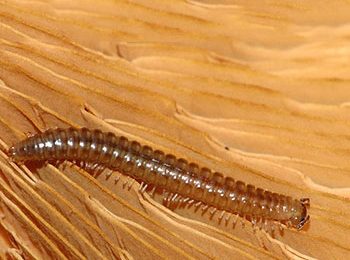
(Length: 1″ – 1 1/2″) Brownish and worm-like in appearance with many body segments, millipedes have two pairs of legs on each segment. They typically live outside in moist vegetation, leaf litter and mulch and feed upon decaying organic wood and plant matter.
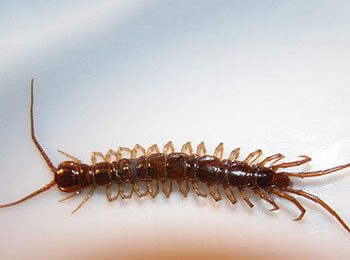
(Length: 1″ – 2″) The color of the centipede varies depending on the species, but most are brown to orange brown with many body segments. Unlike millipedes, centipedes only have one pair of legs per segment.